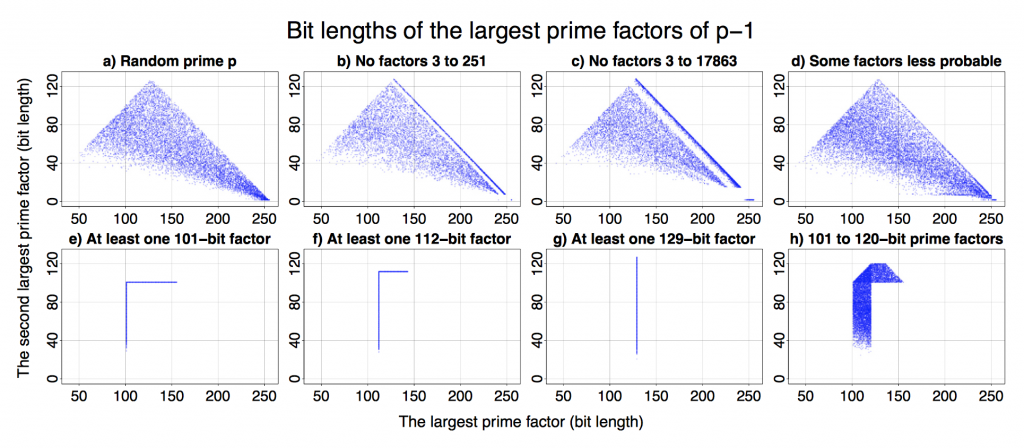The Pico team have just returned from Paris, where Kat Krol presented at both EuroS&P and the affiliated EuroUSEC workshop on usable security.
Pico is an ERC-funded project, led by Frank Stajano, to liberate humanity from passwords. It lets you log into devices and websites without having to remember any secrets. It relies on “something you have”: in the current prototype, that’s your smartphone, potentially coupled with other wearables, though high-security niche applications could use a dedicated token instead.
Our latest paper presents a new study performed in collaboration with the Gyazo.com website, where we invited users to test out the Pico authentication app for logging in to the site. A QR code was displayed on the Gyazo login page for the duration of the trial, allowing users to access their images simply by scanning the QR code and avoiding the need to enter a username or password.
Participants used Pico for two weeks, during which time we collected feedback using telemetry data, questionnaires and phone interviews. Our aim was to conduct a trial with high ecological validity, avoiding the usual lab-based studies which can run the risk of collecting intentions rather than actual behaviour.
Some of the key results from the paper are that participants liked the idea of Pico and generally found it to be secure and less cognitively demanding than passwords. However, some disliked the need to scan QR codes and suggested replacing them with another modality of interaction. There was also a general consensus that participants wanted to see Pico extended for use with more sites. The pain of password entry on any particular site isn’t so great, but when you scale it up to the plurality of sites we all routinely have to deal with, it becomes a much more serious burden.
The study attracted participants from all over the world, including Brazil, Greece, Japan, Latvia, Spain and the United States. However, it also highlighted some of the challenges of performing experimental studies ‘in the wild’. From an initial pool of seven million potential participants – the number of active users of the Gyazo photo sharing site – after reducing down to those users who entered passwords more regularly on the site and who were willing to participate in the study, we eventually recruited twelve participants to test out Pico. Not as many as we’d hoped for.
In the paper we discuss some of the reasons for this, including the fact that popular websites attempt to minimise the annoyance of password entry through the use of mechanisms such as long-lived cookies and dedicated apps.
While the purpose of the paper is to explore usable security and end-user reactions, it also allowed us to test out the Pico nginx reverse-proxy lens. Using this we could deploy Pico to the Gyazo website as in-page Javascript, demonstrating seamless deployment (zero changes to the backend Gyazo code) and removing the need for the user to install a browser plugin. The tech worked like a charm throughout the trial.
The paper is available from the Internet Society and the abstract for Kat’s short talk, covering future Pico evaluation studies, is available from the EuroS&P website.
